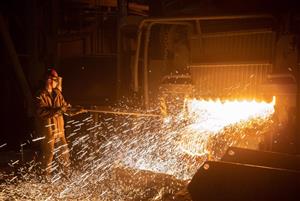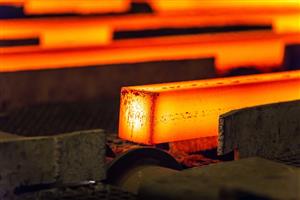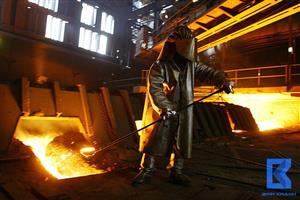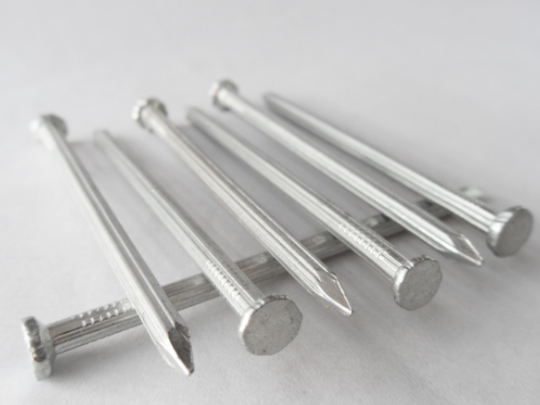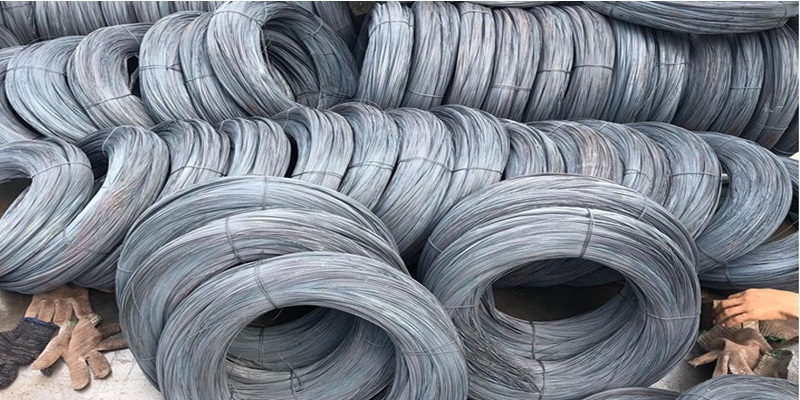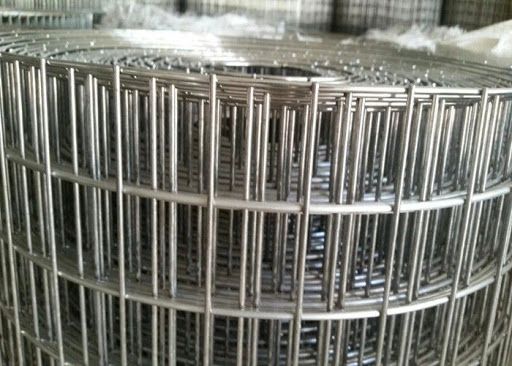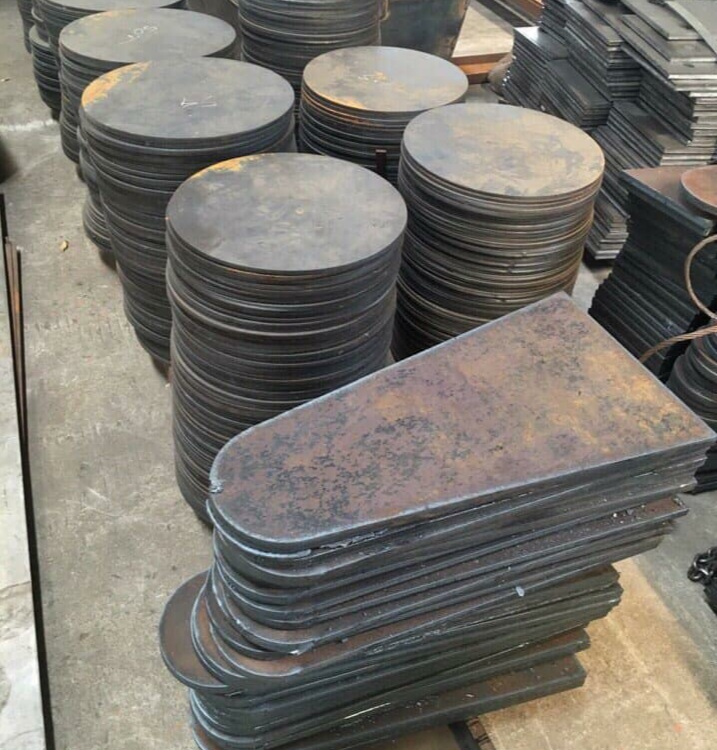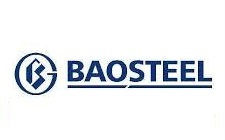The country supplies the world with cheap steel and threatens to exacerbate global trade tensions.
China's steel exports are expected to surpass 100 million tonnes in 2024, the highest since 2016, according to a report by Shanghai-based consultancy MySteel, the Financial Times reported.
Vivian Yang, editor-in-chief of MySteel, forecasts total steel exports to reach 100-101 million tonnes for the year, the third-highest level ever.
Weakening domestic demand in China, which accounts for more than 50% of global steel output, has forced producers to boost exports. China's export markets are mainly Southeast Asian countries. Exports to Europe are also increasing.
“Chinese steel is flooding the world, driving down prices,” said Ian Roper, a commodities strategist at consultancy Astris Advisory Japan.
Roper said he expected countries to take steps to protect their domestic steel industries from competition from the world’s largest producer. “There will be more and more trade cases” filed against China in the coming months, he said.
This could lead to countries imposing higher tariffs on Chinese steel, which is already subject to tariffs in some countries.
A growing group of emerging market economies such as Mexico and Brazil have raised tariffs this year, while others such as Vietnam and Turkey have launched new investigations.
The US has tripled tariffs on Chinese steel this year, while the EU launched an anti-dumping investigation into Chinese tinplate products in May. Canada announced new tariffs on steel last week.
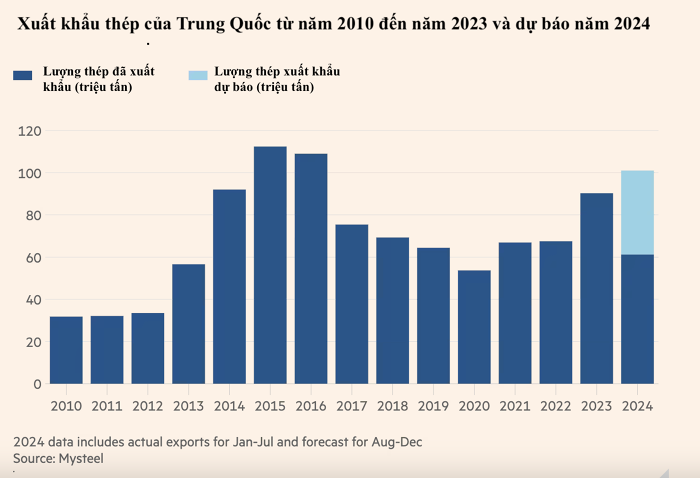
Source: Mysteel, Financial Times (Vietnamese translation)
The China Iron and Steel Association, which represents major state-owned steel mills, called on steelmakers on Thursday (Aug. 29) to end “cutthroat competition” and condemned mills that resort to “price wars” to gain market share.
The association’s China Steel Price Index fell to its lowest in nearly eight years as of Aug. 16. In Europe, spot prices for hot-rolled coil have fallen nearly 20% since the start of the year.
A slowdown in China’s construction and economic activity has led to a sharp drop in domestic demand, while steelmakers have been slow to curb production, leading to oversupply.
Concerned about the situation, the Ministry of Industry and Information Technology suspended approvals for new steel mills in August.
China’s steel exports to Europe are also expected to surge in the coming months, particularly hot-rolled coil, which is used in products such as cars and machinery.
“We’re going to see a surge in the coming months,” said Colin Richardson, steel director at Argus Media, a provider of commodity price data, adding that China’s hot-rolled coil exports have been rising over the past 12 months.
China’s hot-rolled coil prices are so low that they remain competitive despite high tariffs (at least 18.1%) imposed by the EU.
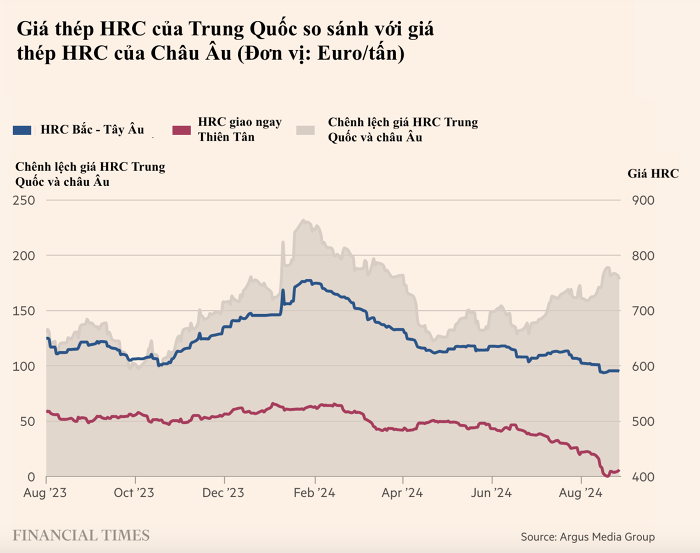
Source: Argus Media Group, Financial Times (Vietnamese translation)
Chinese steelmakers, which typically export 7-10% of their total output, have benefited this year from relatively strong demand in Europe and Asia, said Daniel Hynes, senior commodity strategist at ANZ Research, the research arm of one of Australia’s largest banks.
“This is particularly the case when some producers in some regions, such as Europe, are experiencing higher energy costs… That has opened the door for Chinese steelmakers,” said Hynes. However, he added that there have been some signs in recent months that global demand is easing.
In August, Baowu Steel Group, the world’s largest steelmaker, warned that the steel industry was facing “a long and cold winter” that would be even worse than previous steel crises in 2008 and 2015. China’s steelmakers are deep in the red, with a total loss of about 2.8 billion yuan ($390 million) in the first seven months of this year. According to MySteel, only 1% of China’s steel mills are profitable.
Vietnambiz
 English
English  Vietnamese
Vietnamese
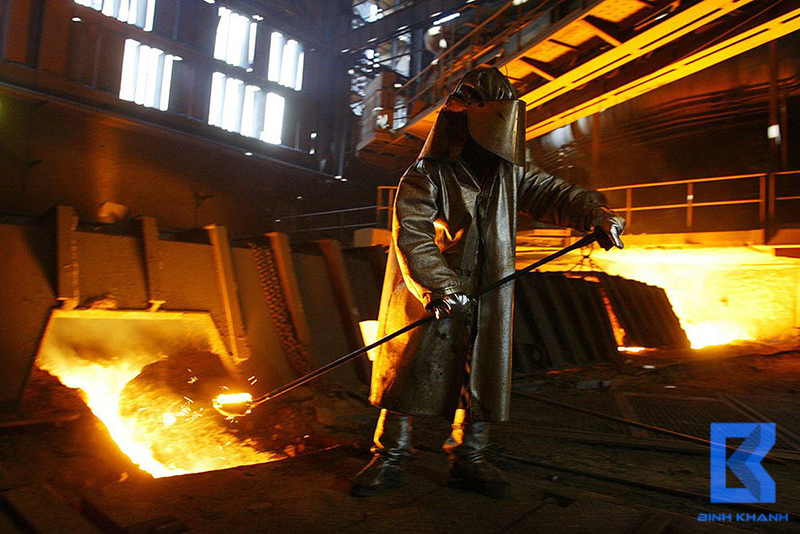


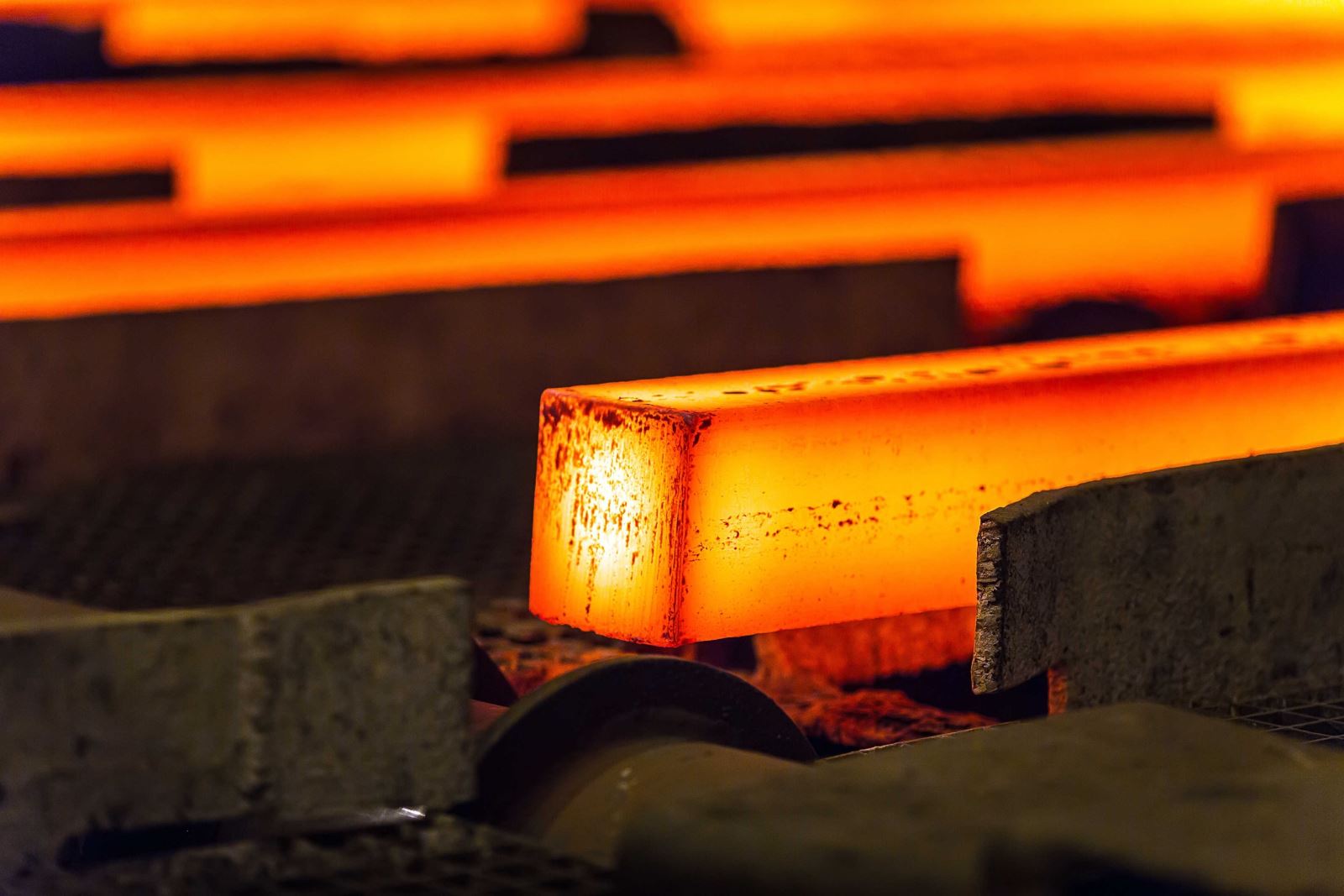

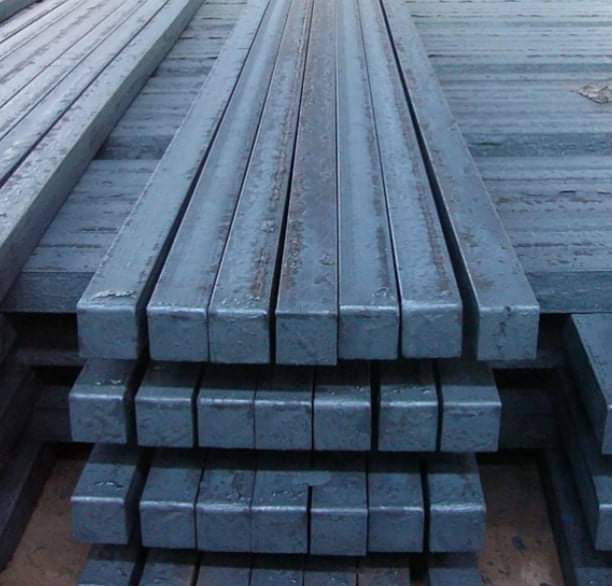

w300.jpg)
